Epilepsy is a chronic disease in which seizures occur in various forms, from behavioral disorders, consciousness disorders, emotional disorders, and movement disorders to sensory, mental, and autonomic disorders.
The causes of seizures are spontaneous, short-lasting, and synchronous firings of neurons in the brain, which do not occur in healthy people. The attacks must be unprovoked or occur after exposure to factors that do not cause symptoms in healthy people. The specialists define epilepsy as the occurrence of at least two confirmed seizures in less than 24 hours.

Partial seizures![]() (focal seizures) are the most widespread and standard group of epilepsy that develops in a given brain area. They then disappear or secondarily spread to the entire brain, causing a clinical seizure with secondary generalization. We can separate partial seizures into two groups:
(focal seizures) are the most widespread and standard group of epilepsy that develops in a given brain area. They then disappear or secondarily spread to the entire brain, causing a clinical seizure with secondary generalization. We can separate partial seizures into two groups:
There are also generalized seizures![]() . This group includes:
. This group includes:
The latter manifests through loss of consciousness and body muscle spasms. At the beginning of this phase, the patient may make an inarticulate scream caused by the air forced from the chest breaking through the larynx closed by tense vocal cords. It is unconscious. Sometimes, the patient bites their tongue. A person having this type of seizure turns blue quickly because the intense muscular effort consumes most of the oxygen circulating in the blood.
Over time, the symptoms disappear, and then heavy breathing occurs. This attack lasts about three minutes. After this time, the patient often falls asleep and wakes up after a few minutes. In most cases, after initially regaining consciousness, the patient asks what happened because they do not remember the attack.
Diagnosing the seizures mentioned above is not easy because the focal symptoms that appear at the beginning of a secondary generalized seizure may be so subtle that they go unnoticed.
Partial seizures originate in specific brain areas and may remain partial, spreading to other areas of the cortex or developing into a generalized seizure. Patients with focal seizures do not have impaired consciousness, but paresis may appear in various parts of the body. If the sensory cortex is damaged, sensory and sensory seizures occur.
During complex partial seizures![]() , the patient experiences disturbances of consciousness. Those attacks may include, e.g., dreamlike experiences with a feeling of something known (déjà vu) or quite the opposite (jamais vu). Moreover, there may be vision, hearing, and spatial orientation disorders. Psychomotor disorders often occur – automatic performance of some activities (e.g., chewing, looking for something, or swallowing).
, the patient experiences disturbances of consciousness. Those attacks may include, e.g., dreamlike experiences with a feeling of something known (déjà vu) or quite the opposite (jamais vu). Moreover, there may be vision, hearing, and spatial orientation disorders. Psychomotor disorders often occur – automatic performance of some activities (e.g., chewing, looking for something, or swallowing).
Status epilepticus![]() is an episode that endures longer than half an hour or several attacks between which consciousness is not recovered. It usually happens in epileptic individuals who disregard or suddenly stop taking their medications. Alcohol consumption and poisoning can also lead to status epilepticus.
is an episode that endures longer than half an hour or several attacks between which consciousness is not recovered. It usually happens in epileptic individuals who disregard or suddenly stop taking their medications. Alcohol consumption and poisoning can also lead to status epilepticus.
The most common status epilepticus is tonic-clonic seizure. This condition generates severe respiratory and circulatory ailments, which can result in cerebral hypoxia. Among patients with status epilepticus, the mortality rate is high, which is why it is considered a life-threatening condition. In each case, hospitalization of the patient is necessary.
Specialists can diagnose epilepsy at any age, but most often, it affects newborns and people over 65 years of age. There are many known causes of epilepsy![]() , but approximately half of the cases still have an unknown background. Among the known aspects, we can distinguish:
, but approximately half of the cases still have an unknown background. Among the known aspects, we can distinguish:
The most characteristic symptom of epilepsy is epileptic seizures![]() that occur with varying frequency. It is an expression of transient disturbances in the brain's bioelectric activity. Depending on the area of the brain where discharges occur, an epileptic seizure may manifest itself differently.
that occur with varying frequency. It is an expression of transient disturbances in the brain's bioelectric activity. Depending on the area of the brain where discharges occur, an epileptic seizure may manifest itself differently.
Epilepsy is usually identified with seizures or so-called grand mal seizures. The symptoms![]() of such an attack include:
of such an attack include:

An epileptic seizure lasts a short time. It usually takes 2-3 minutes, sometimes several seconds. After the attack, the patient may be exhausted and tired. Some people experience muscle pain or headaches. Other patients experience anxiety, an unpleasant smell or taste, or a head undetectable by other noises before a seizure occurs. This phenomenon is called an aura.
Epileptic seizures often have an atypical course, different from the tonic-clonic seizure described above. They may take the form of so-called myoclonic seizures, including convulsions of the upper limbs, less often of the lower ones, without loss of consciousness, causing dropping objects held in the hand or falling. They often occur in the morning, after waking up, or under the influence of light stimuli.
Some patients do not experience convulsions during seizures but only lack or difficulty contacting their surroundings. These are absence seizures or complex partial seizures. Absence seizures occur more often in children. During them, the patient does not respond to the words addressed to them; they are “absent.” However, they return to the previously performed activity after a few or a dozen seconds.
During a complex partial seizure, the patient does not make contact for about 2-3 minutes. Most often, their eyes are open, and automatisms, i.e., actions performed automatically, may occur.
Such a diverse manifestation of epileptic seizures contributes to the difficulty in diagnosing epilepsy.
Interview plays a decisive role in the diagnosis of epilepsy![]() . The doctor asks the patient and direct witnesses of the seizure (usually family and friends, sometimes coworkers or teachers) detailed questions about:
. The doctor asks the patient and direct witnesses of the seizure (usually family and friends, sometimes coworkers or teachers) detailed questions about:
The doctor also performs a neurological examination and usually orders additional tests to exclude other causes of seizures.
The standard test performed to diagnose epilepsy is electroencephalography![]() (EEG). It involves recording electrical discharges from the surface of the brain by special sensors placed on the patient's head. The signal is amplified and specially processed and brainwave recording can be presented in linear graphs. This procedure is non-invasive and safe. It can detect epilepsy and determine its type. During EEG, the specialist uses various methods to induce a seizure, e.g., flashes of bright light or hyperventilation.
(EEG). It involves recording electrical discharges from the surface of the brain by special sensors placed on the patient's head. The signal is amplified and specially processed and brainwave recording can be presented in linear graphs. This procedure is non-invasive and safe. It can detect epilepsy and determine its type. During EEG, the specialist uses various methods to induce a seizure, e.g., flashes of bright light or hyperventilation.
A characteristic EEG image that indicates epilepsy is a set of waves. It occurs in most patients. A standard EEG image does not rule out epilepsy, and vice versa: an EEG image suggesting epilepsy in the absence of symptoms in the patient also casts doubt on the presence of the disease.
A modification of this test is called video EEG. During this procedure, a simultaneous image from a camera is added to the recording of brain waves. This helps capture the moment of changes in the brain wave recording and correlate it with the patient's symptoms. The method is valuable in diagnosing epilepsy in children.
The doctor may use imaging tests![]() (e.g., MRI and CT) to diagnose epileptic seizures secondary to changes in the brain, e.g., tumors or vascular lesions. Another helpful procedure for diagnosing seizures secondary to metabolic and water-electrolyte disorders (abnormal blood glucose, sodium, or potassium levels) is blood tests
(e.g., MRI and CT) to diagnose epileptic seizures secondary to changes in the brain, e.g., tumors or vascular lesions. Another helpful procedure for diagnosing seizures secondary to metabolic and water-electrolyte disorders (abnormal blood glucose, sodium, or potassium levels) is blood tests![]() .
.
The most common method of treating epilepsy is pharmacological treatment![]() , i.e., administration of antiepileptic drugs. Those medicaments do not treat the cause of the disease but only prevent the occurrence of epileptic seizures.
, i.e., administration of antiepileptic drugs. Those medicaments do not treat the cause of the disease but only prevent the occurrence of epileptic seizures.
The decision on the drug choice and its dosage rests with the neurologist. It depends on many factors, primarily on the type of epilepsy and the type of epileptic seizures, but also on other diseases occurring in the patient and the drugs taken because of them.
Treatment begins with small doses of one drug so the specialist can observe how it influences the organism. As time passes, the doctor increases the dose. When the seizures do not stop, the medication is changed to a different one. Some patients can control their seizures with one antiepileptic drug, while others require two or more drugs. Sometimes, sufficient control of epileptic seizures is achieved only after several attempts with different medicaments and various doses.
The effectiveness of treatment depends not only on the proper selection of the drug but also on compliance with the dose and time of taking it. It is significant to avoid factors that trigger epileptic seizures, e.g., alcohol, flashing lights, and lack of sleep.
If pharmacological treatment is ineffective, the specialist may suggest surgery, a vagus nerve stimulator, or a ketogenic diet.
In some patients, after several years without epileptic seizures, discontinuation of drugs may be considered. A neurologist always makes this decision based on the type and course of epilepsy in a given patient and the results of tests, e.g., EEG, computed tomography, or brain magnetic resonance imaging. The most significant risk of recurrence of seizures occurs within six months after discontinuation of medications.

Surgical treatment![]() involves removing the part of the brain where the epileptic focus is, i.e., where the abnormalities that cause epileptic seizures occur. This method is also used when the cause of epilepsy is a lesion in the brain that threatens the patient's life, for example, a brain tumor or hemangioma.
involves removing the part of the brain where the epileptic focus is, i.e., where the abnormalities that cause epileptic seizures occur. This method is also used when the cause of epilepsy is a lesion in the brain that threatens the patient's life, for example, a brain tumor or hemangioma.
Vagus nerve stimulation![]() involves implanting a device resembling a pacemaker under the skin of the patient's chest, which stops seizure activity in the brain. It sends pulses at regular intervals, and the current intensity is set individually for each patient using a computer.
involves implanting a device resembling a pacemaker under the skin of the patient's chest, which stops seizure activity in the brain. It sends pulses at regular intervals, and the current intensity is set individually for each patient using a computer.
The classic ketogenic diet![]() is low-carbohydrate and high-fat. It means that a greater percentage of energy comes from fats than from carbohydrates. The effectiveness of the ketogenic diet in reducing the frequency of epileptic episodes is explained by the increase in the availability of ketone bodies, the concentration of free fatty acids, and reduced glucose concentration, which may have an anticonvulsant effect. It can also affect the opposing GABA and glutamatergic systems, causing neuroprotective and anticonvulsant effects.
is low-carbohydrate and high-fat. It means that a greater percentage of energy comes from fats than from carbohydrates. The effectiveness of the ketogenic diet in reducing the frequency of epileptic episodes is explained by the increase in the availability of ketone bodies, the concentration of free fatty acids, and reduced glucose concentration, which may have an anticonvulsant effect. It can also affect the opposing GABA and glutamatergic systems, causing neuroprotective and anticonvulsant effects.
Due to many dietary restrictions and possible complications, following the principles of the ketogenic diet is quite controversial, so it is worth seeking the opinion of a specialist. The decision to start eating in a manner consistent with the recommendations of the keto diet should always be consulted with a doctor and a dietitian who will assess the validity of using such a diet and order the necessary tests, which include, among others, lipid profile, glucose and uric acid levels, and assessment of liver function.
Diagnostics for fatty acid metabolism disorders or enzymatic deficits are also necessary. Suppose you decide to switch to a ketogenic diet. In that case, it is worth seeking the help of a dietitian who will help you compose meals and select the necessary supplementation to prevent nutrient deficiencies.
If a person who has not previously suffered from epilepsy experiences an epileptic seizure with convulsions and loss of consciousness, an ambulance should be called. In case of milder attacks, you should see a doctor urgently.
However, if a person diagnosed with epilepsy experiences an epileptic seizure, you should do the following steps of first aid![]() :
:
Table of Contents
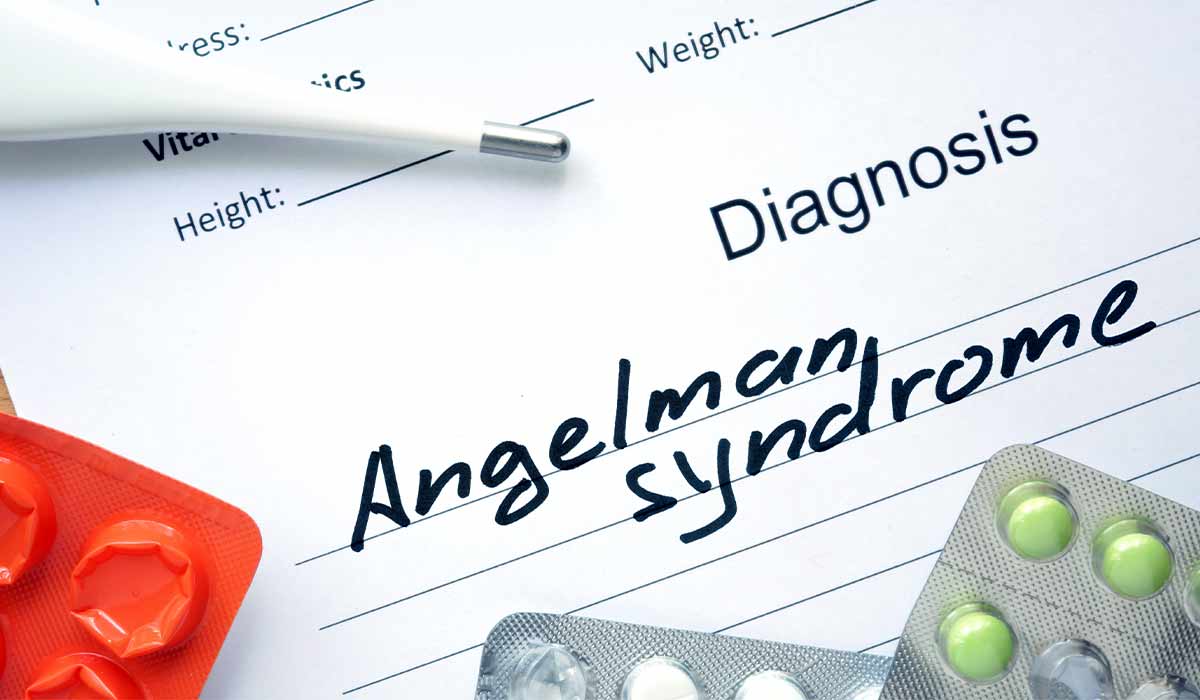
Angelman syndrome is a neurogenetic disorder that is often misdiagnosed. Find out what the characteristic symptoms are and learn about… read more »

Roseola is an infectious viral disease characterized by high fever and a rash. It usually affects children under two years… read more »

Delirium is an acute disorder of consciousness most often characterized by illusions, hallucinations and agitation. What are the causes of… read more »
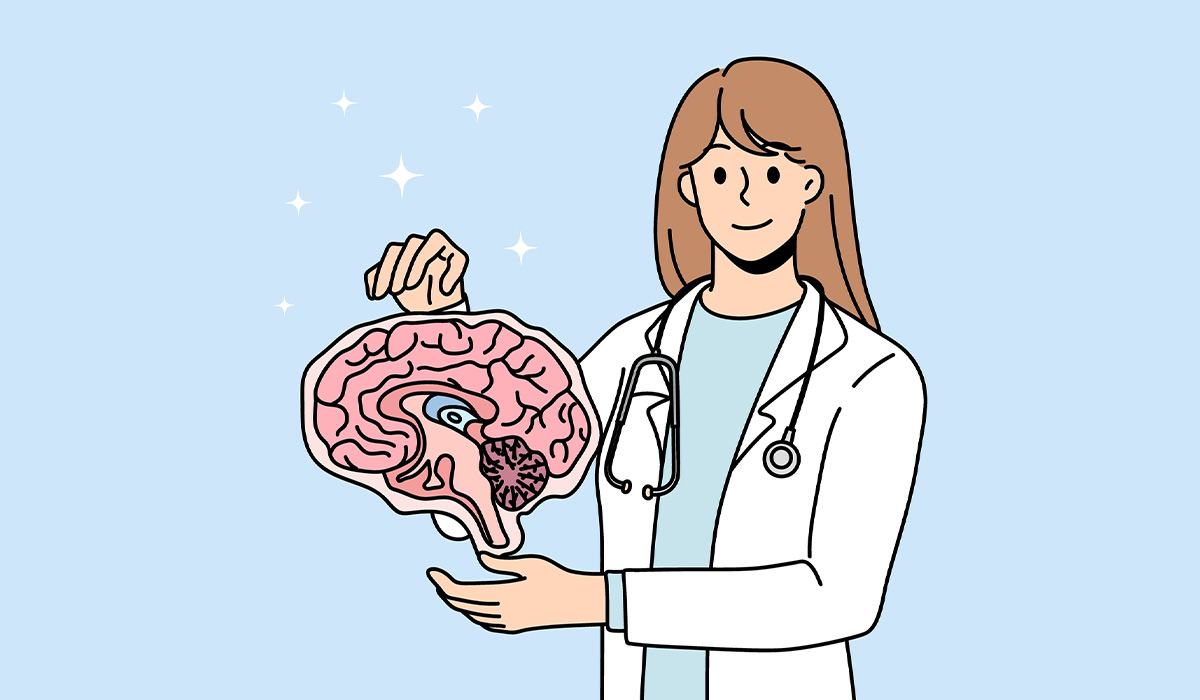
Specifically, a neurosurgeon is a specialist. They are more than basic specialists; they oversee a few of the foremost complex… read more »

Vasovagal syncope is a loss of consciousness that occurs due to brief and temporary hypoxia of the brain. Learn about… read more »
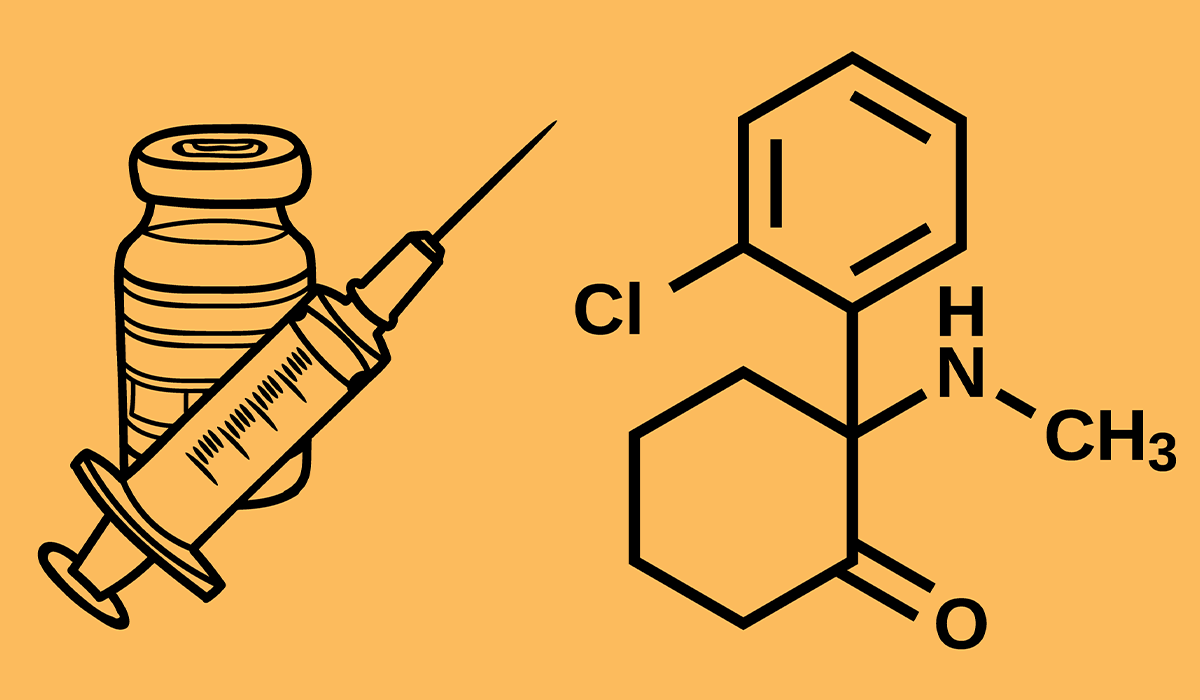
Ketamine is a drug used for anaesthesia or treatment of various conditions. However, the substance can pose risks. Find out… read more »

Amnesia is a memory disorder whose symptom is memory gaps. Why does this disorder occur? What is the diagnosis and… read more »
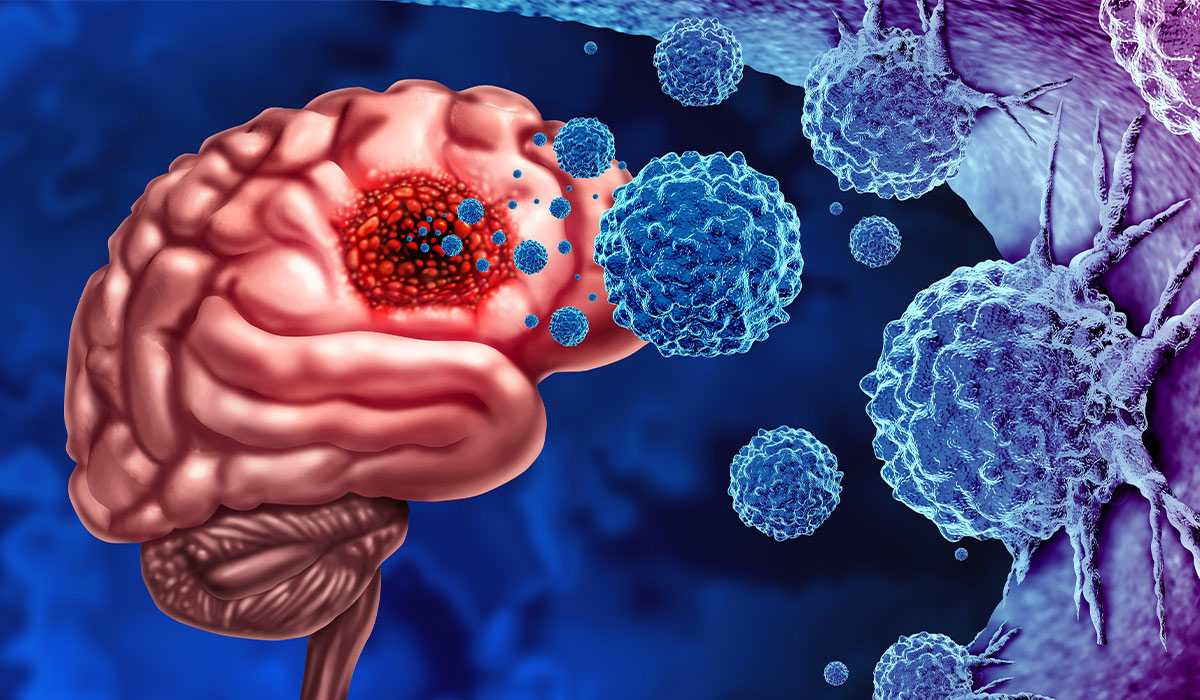
Glioblastoma is a brain cancer with a poor prognosis. Discover the first signs of the disease and the latest treatments.… read more »
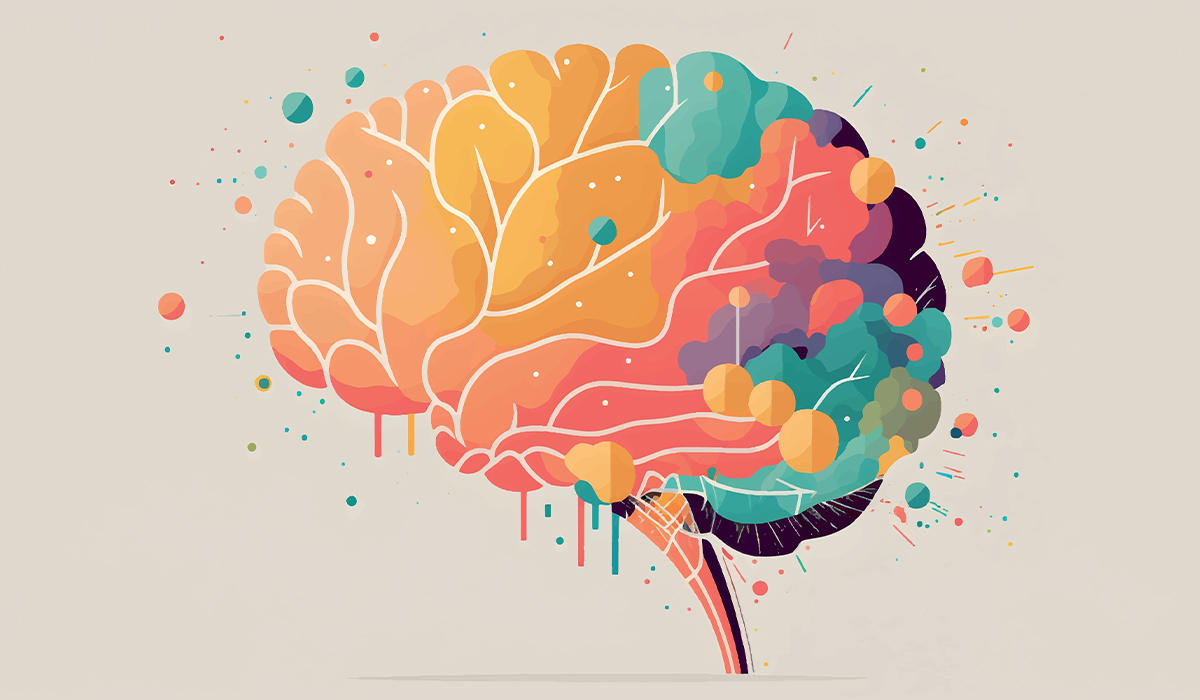
Encephalopathy, in medical lingo, is a frequently encountered brain phenomenon. It occurs when the brain's functioning is not optimal. read more »